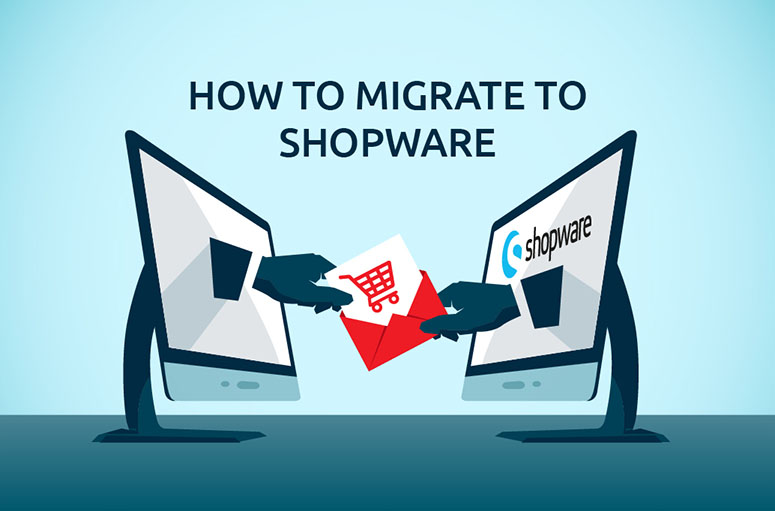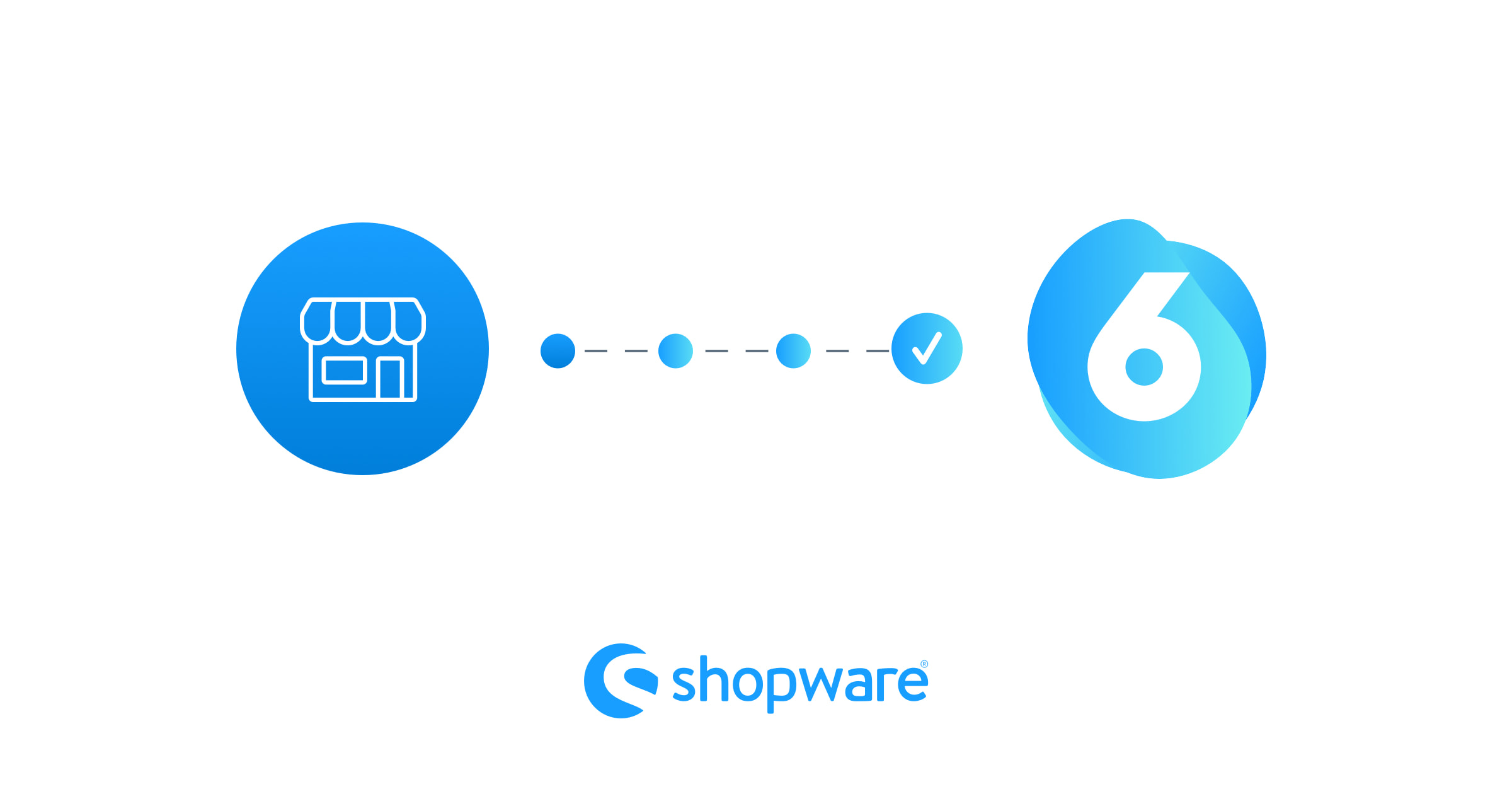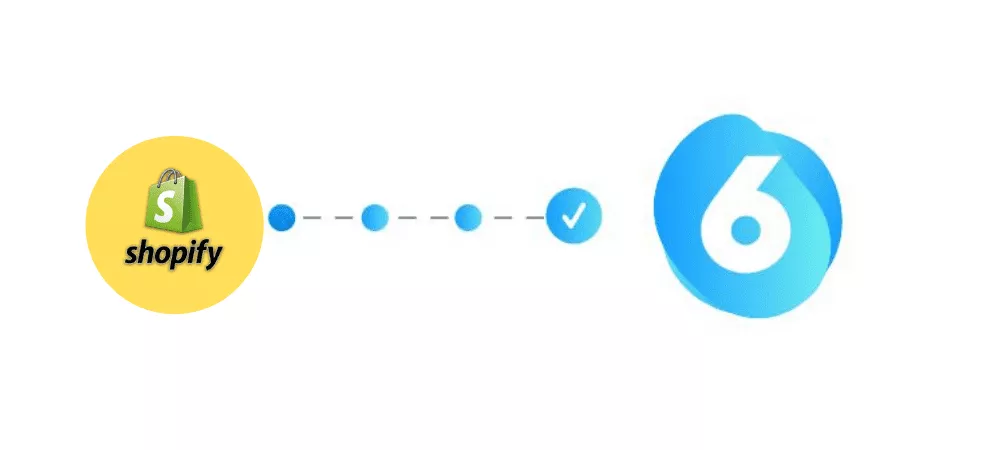
A Complete Guide To Shopware Migration
Shopware ecommerce is a PHP-based ecommerce platform that was developed in Germany more than 18 years ago. It is quite renowned for having the most live stores in Germany with a good presence in the UK market also. It has empowered many of the largest ecommerce stores in the market. Currently, it is growing in the European markets as well.
Shopware open source has a vast community of developers and users who regularly provide contributions, input, and feedback for refining it. The modular architecture of Shopware empowers the Shopware store for a quick launch. It is highly scalable and fully customized giving your business flexibility for adapting the software to meet business-specific requirements. A Shopware app has a high level of scalability by its features like varnish cache, built-in usage of Apache JMeter, Clustering tools & the on-going platform support. Shopware also has the ability to add servers for specific tasks, which allows for further scale and better response times.
Benefits of Shopware 6 Migration:
Easy to Use Admin Panel
Easy to Use Admin Panel
3rd Party Integrations
Cost-Effective
SEO Shopware
The other reasons are:
- Numerous built-in features for selling products online
- Configurable HTML and text emails to the users
- Excellent support to the users
- One page checkout and guest checkout
- Abandon cart recovery tool, and in-built data security plugin
- High level of security
- Design customization
- Less complex and more flexible
After the completion of Shopware 6 migration, you will find numerous results like an increase in conversion ratio, better customer retention, and cost-effectiveness.
Why Migrate to Shopware 6?

1. Shopware Magento Migration
Now there would be a checking to identify whether the data from the old shop can be assigned to the new shop. Data like payment methods, shipping methods, or tax rates are not transferred automatically. If data in your Magento Shop still change after your migration, you can repeat the migration process at any time. Simply select the data you want to migrate again under Data selection and then click on Start migration again in the upper left corner.
The data which can be migrated from Magento to Shopware is Products, Products Categories, Manufacturers, Taxes, Customers, Orders, Reviews, Multistore, Multiple languages, CMS Pages. So, Shopware Magento migration is a straightforward process.
2. Shopify to Shopware Migration:

There isn’t a ready plugin by Shopware from Shopify to Shopware migration. However, for migrating from Shopify to Shopware 6 you can firstly take the complete back up of your complete Shopify store, most importantly its database. Then you need to hire a Shopware developer who will set up the Shopware store and will migrate the database, set up the design, and important functionalities that you require in your store. During migration, the developer will also firstly analyze your Shopify store to check whether the current features & functionalities of your Shopify store are compatible with the Shopware or not.
3. Shopware 5 to Shopware 6 Migration:

For upgrading from Shopware 5 to Shopware 6, firstly you need to install the Shopware 6 plugin. After installation, create the connection to your existing Shopware 5 shop and after connection creation, edit the connection.
During migration, some metadata will be truncated hence you need to modify metadata. Thereafter, take an overview of the migration. You can select the data which you want to migrate from your connection to the Shopware 6 shop. The list also shows you whether it is shop data or plug-in data and how many data sets are migrated. Now you can begin the migration. In the migration, firstly there would be a data check for identifying whether the data from the old shop can be migrated to the new shop. Then, there would be a data read, all data from the source shop that is to be migrated is read. Now, the migrated data would be written in Shopware 6. When the data got written, the media files from the old Shopware 5 installation are downloaded and loaded into Shopware 6 Media Management.
Conclusion
Cre: Emizentech
